The Confessions of Saint Augustine (Spiritual Masters)
£16.10
Sheed’s classic translation of Augustine’s Confessions. True to the original, and in a subtle and dignified English translation, let this be a cornerstone of your library.
Read more
Additional information
| Publisher | Sheed & Ward (UK), 2nd edition (1 Jan. 1944) |
|---|---|
| Language | English |
| Paperback | 224 pages |
| ISBN-10 | 0722026234 |
| ISBN-13 | 978-0722026236 |
| Dimensions | 13.97 x 1.3 x 21.59 cm |


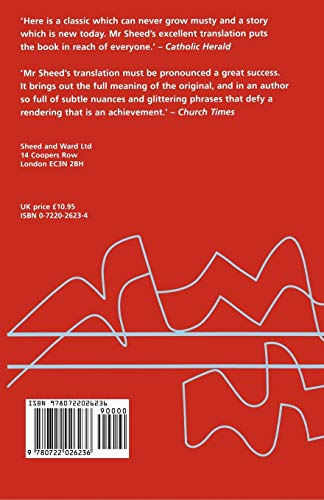
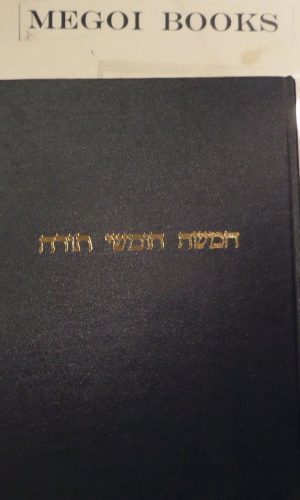
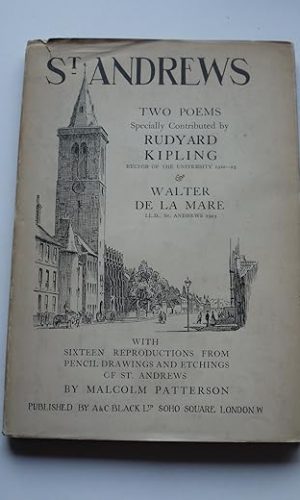
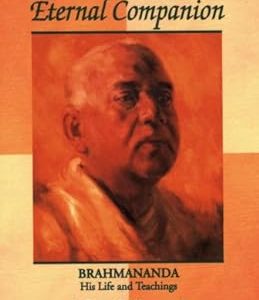




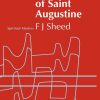
by Kurt Messick
Augustine’s ‘Confessions’ is among the most important books ever written. One of the first autobiographical works in the modern sense, it also represents the first time a psychological and theological enterprise were combined. It also helps to bridge the gap between the Classical world and the Medieval world, exhibiting strong elements identifying with each of those major historical periods.
Most undergraduates in the liberal arts encounter the book at some point; all seminarians do (or should!). Many adults find (or rediscover) the book later, after school. For many in these categories, there are concepts, narrative strands and historical data new and unusual for them. However, Augustine’s ‘Confessions’ is still generally more accessible in many ways that truly classical pieces; it has interior description as well as external reporting that we are familiar with in modern writing.
The ‘Confessions’ shows Augustine’s personality well – he was a passionate person, but his focus wavered for much of his life until finally settling upon Christianity and the Neoplatonic synthesis with this faith. Even while remaining a passionate Christian and rejecting the sort of dualism present in the Manichee teachings, he varied between various positions within these systems. Augustine’s varied thought reaches through many denominational and scholarly paradigms.
The ‘Confessions’ are divided into thirteen chapters, termed ‘Books’ – the first ten of the books are autobiographical, with Augustine describing both events in his life as well as his philosophical and religious wanderings during the course of his life. The text is somewhat difficult to take at times, as this is writing with a purpose, as indeed most autobiographies are. The purpose here at times seems to be to paint Augustine in the worst possible light (the worse his condition, the better his conversion/salvation ends up being); at other times, one gets a sense (as one might get when reading the Pauline epistles) that there is some significant degree of ego at work here (Paul boasts of being among the better students, and so does Augustine, etc.).
Augustine also uses his Confessions as a tract against the Manichean system – once a faithful adherent, Augustine later rejects the Manichean beliefs as heretical; however, one cannot get past the idea that Augustine retained certain of their intellectual aspects in his own constructions even while denouncing them in his official life story.
The whole of the conversion turns on two primary books – Book Seven, his conversion to the Neoplatonic view of the world, including the metaphysics and the ethics that come along with this system; and Book 8, which describes his conversion to Christianity proper. This is where perhaps the most famous directive, ‘Tolle! Lege!’ (‘Take and read!’) comes from – Augustine heard a voice, and he picked up the nearest book, which happened to be a portion of the Pauline epistles, arguing against the undisciplined lifestyle Augustine lived. Scholars continue to debate whether Augustine’s conversion to Christianity was more profound or more important than his conversion to Neoplatonism; in any event, Christianity interpreted through a Platonic framework became the norm for centuries, and remains a strong current within the Christian world view; Protestant reformers as they went back to the ‘original bible’ in distinction from the Catholic interpretations of the day also went back to the ‘original Augustine’ for much of their theology.
The final three books are Augustine’s dealing with the creation of the world via narrative stories in Genesis 1 exegetically and hermeneutically. This is very different from what is done in modern biblical scholarship, but is significant in many respects, not the least of which as it gives a model of the way Augustine dealt with biblical texts; given Augustine’s towering presence over the development of Western Christianity in both Catholic and Protestant strands, understanding his methods and interpretative framework can lead to significant insights into the ideas of medieval and later church figures.
This translation by F.J. Sheed is one of the newer editions of the book available. Peter Brown, a noted scholar of early Christianity (particularly in the field of study of Augustine), provides a good introduction as well as background and contextual information. This is a book that will be of interest to novice readers of Augustine as well as scholars, to students, clergy and laypersons, and anyone else who might have an historical, literary, philosophical, theological or other interest in Augustine – something for everyone, perhaps?
by Dr. Richard M. Price
This 1944 edition has been superseded by the second edition published by Hackett’s in 2006, which makes only a few changes to the translation, but includes both sets of chapter numbers (the lack of which is the main drawback in the 1944 edition), some useful notes, and a magisterial introduction by Peter Brown.